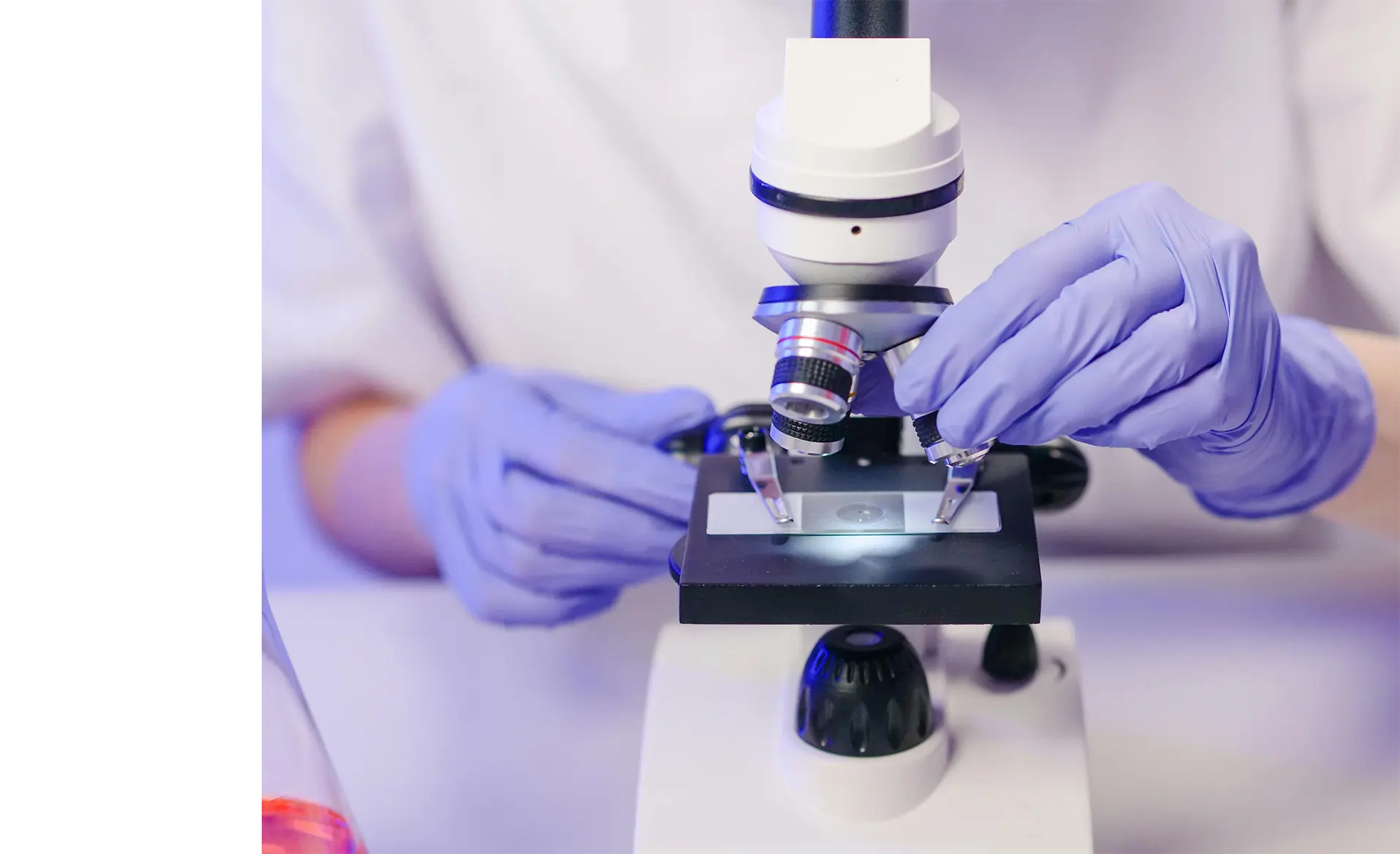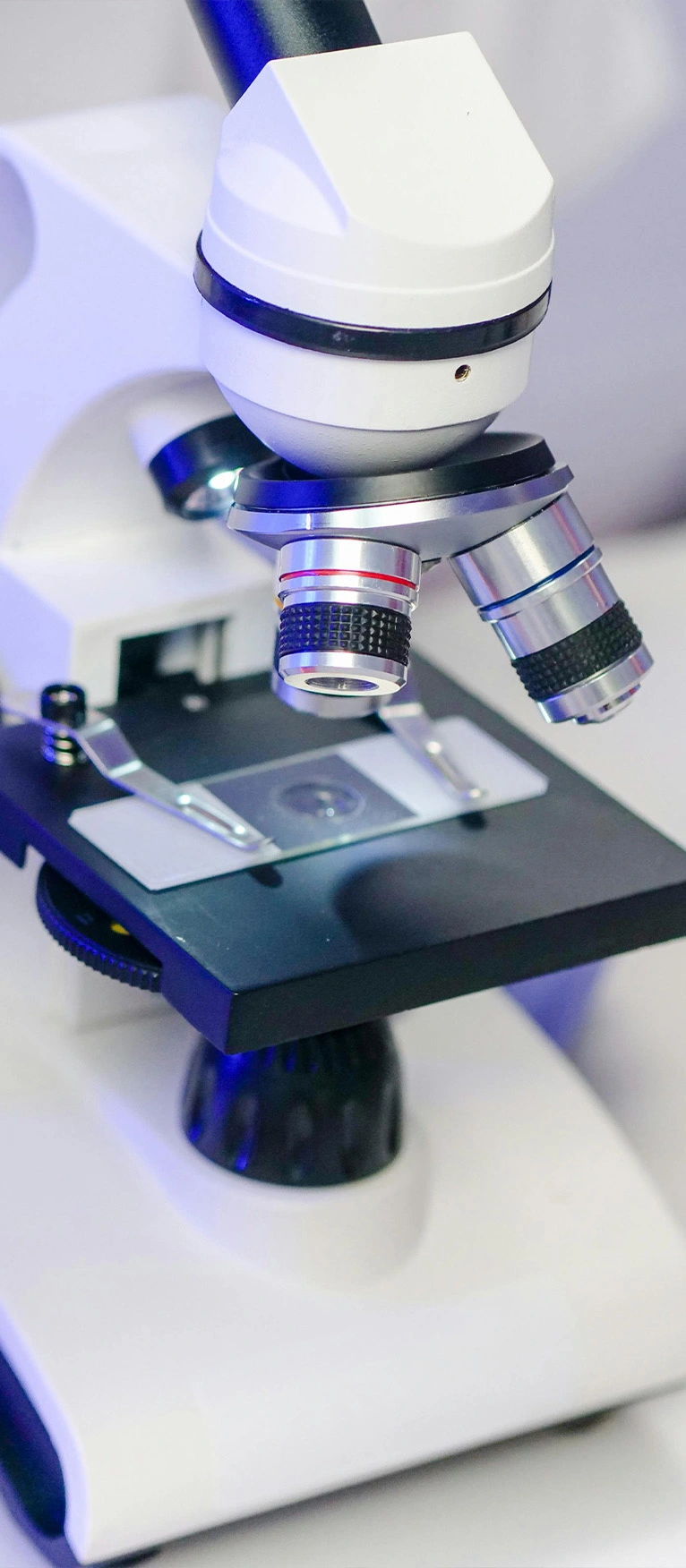

In the dynamic field of biological research, Spatial Sequencing Technology is emerging as a game-changer, offering unprecedented insights into the spatial organization of cells and tissues. This innovative approach allows scientists to map gene expression with pinpoint accuracy, revealing the hidden patterns and interactions that drive biological processes.
Oncology: Spatial sequencing is reshaping our understanding of cancer by illuminating the heterogeneity within tumors. By analyzing gene expression gradients near tumor regions, researchers can stratify cancer types like prostate cancer and melanoma, providing a clearer picture of disease progression and therapeutic response.
Developmental Biology: This technology is a key tool in studying embryonic development, offering a detailed view of how cells are organized and function within developing tissues. For instance, spatial transcriptomics has been used to chart the developmental stages of the embryonic heart, advancing our knowledge of cardiac formation.
Neuroscience: In the quest to understand the brain, spatial sequencing is providing new insights into the spatial distribution of neuronal cells and their roles in neurological disorders. Techniques like MERFISH have been used to create cellular spatial maps of the hypothalamic preoptic region in mice, enhancing our understanding of brain function.
Pathology: Spatial transcriptomics is transforming pathology by revealing the heterogeneity of tumor-immune cell interactions and the spatial distribution of infiltrating immune cells. This has significant implications for understanding tumor progression and identifying therapeutic targets.
Plant Research: Spatial sequencing is not limited to medical research; it is also being used in plant biology to study processes like shoot regeneration in tomato callus, providing insights into plant development and response to light.
Immunology: Spatial sequencing is beginning to unlock the secrets of tumor immunology, shedding light on mechanisms of immune evasion and editing. This could revolutionize cancer immunotherapy by revealing how different cell types interact within the tumor microenvironment.
Infectious Diseases: The technology is also being applied to study the dynamics of infectious diseases, such as the progression of myocarditis, by analyzing the spatial heterogeneity of cellular responses to infection.
Biopharmaceutical Industry: As precision medicine becomes the norm, spatial transcriptomics is recognized as a disruptive technology in the biopharmaceutical sector. It is being used in a wide range of applications, from cancer diagnostics to embryonic development and stem cell differentiation.
As we stand on the cusp of new discoveries, Spatial Sequencing Technology is poised to transform the way we understand and treat disease. Its applications are vast, and its potential is limitless. Join us in embracing this revolutionary approach to biological research and witness the future of life sciences unfold.
Singapore Global Headquarters: 112 ROBINSON ROAD #03-01
Germany: Kreuzstr. 60, 40210 Düsseldorf
United States: 2 Goddard, Irvine, CA 92618
Singapore Global Headquarters: 112 ROBINSON ROAD #03-01
Germany: Kreuzstr. 60, 40210 Düsseldorf
United States: 2 Goddard, Irvine, CA 92618